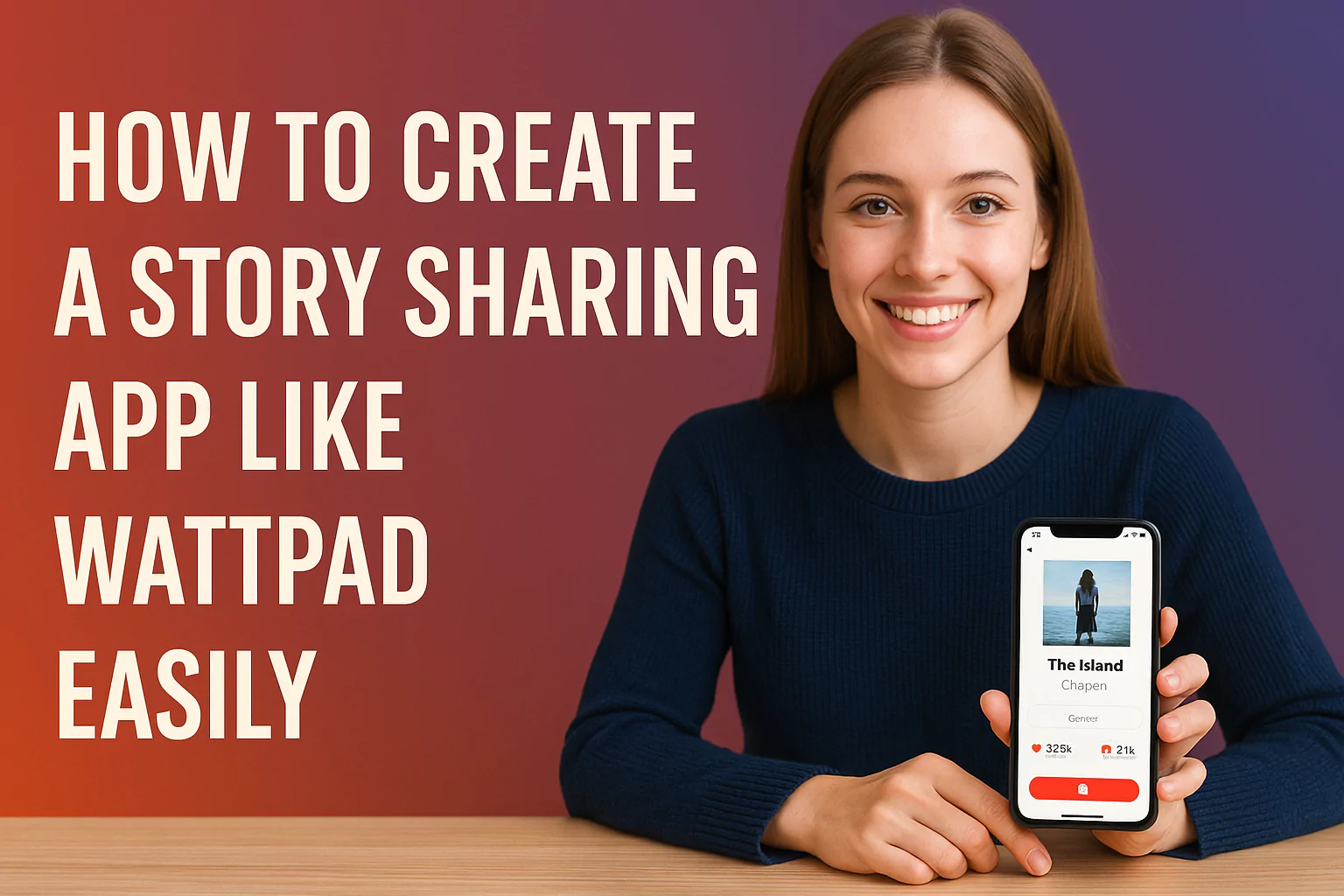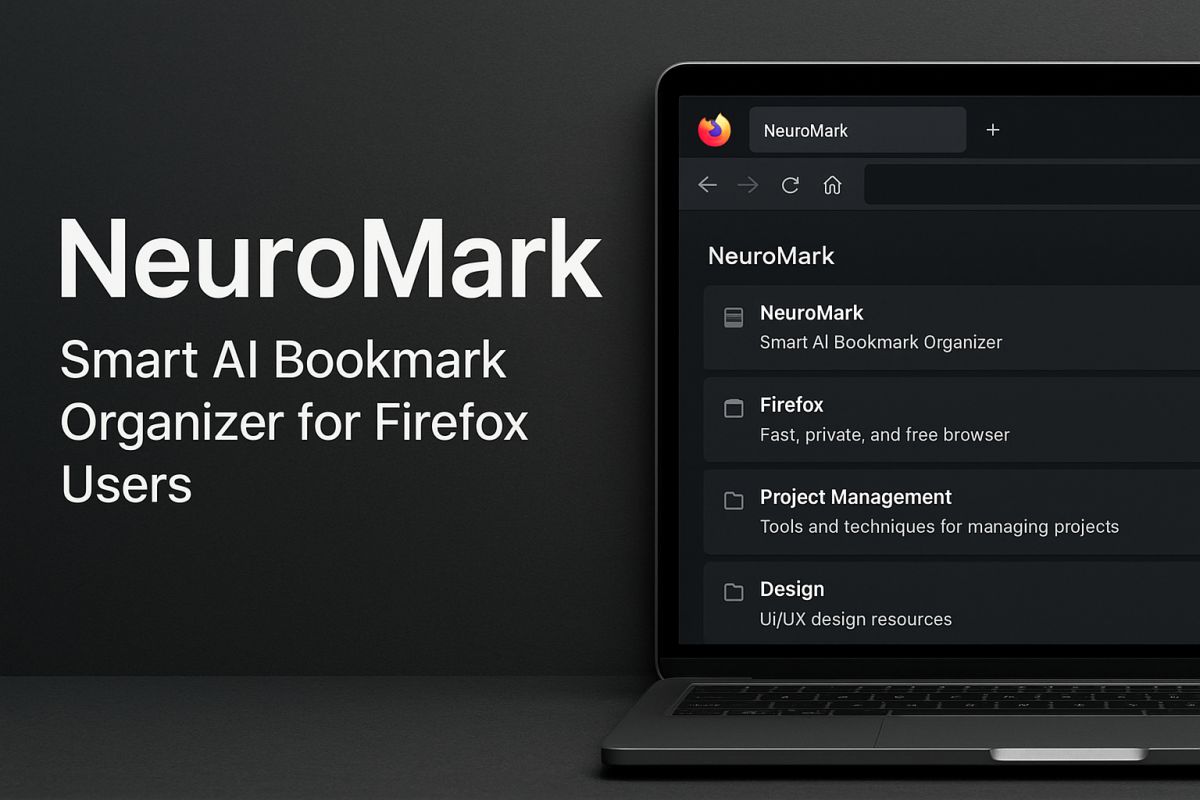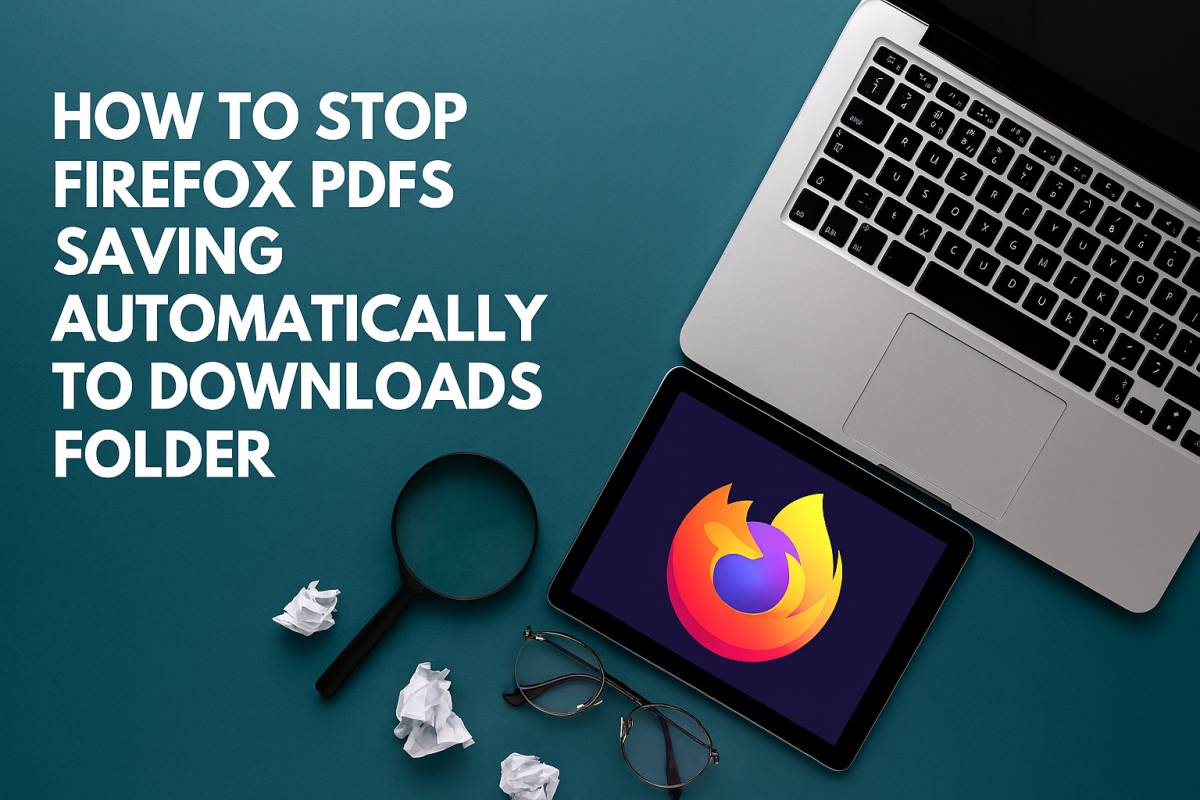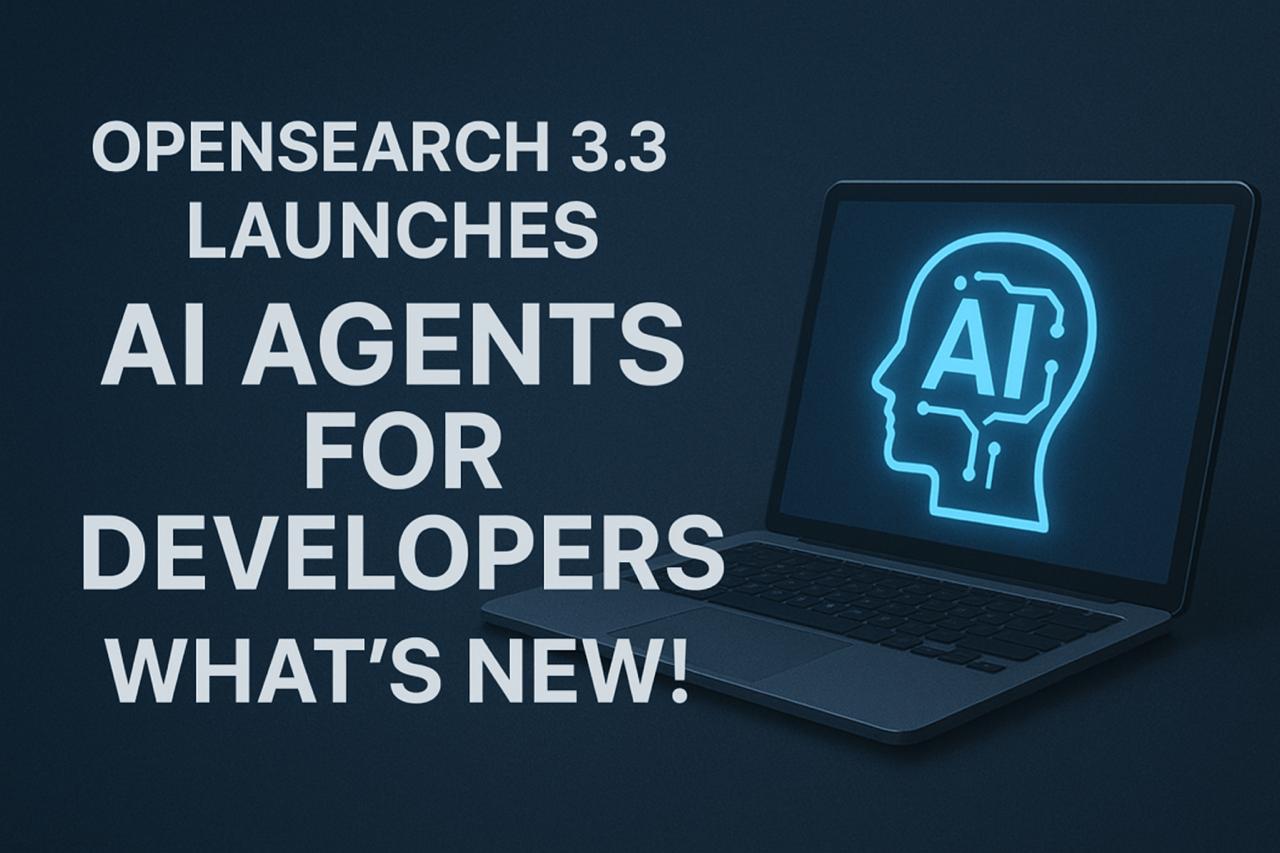Create an App Like Wattpad: Simple Steps for Beginners

If you want to create an app like Wattpad, start by defining your niche, planning features, designing user-friendly interfaces, and hiring skilled developers to build, test, and launch your story-sharing app. This guide will walk you through each step in detail, helping you turn your storytelling platform idea into reality with clarity and confidence.
What is Wattpad and Why Replicate Its Model?
Wattpad is a globally popular storytelling platform where writers share stories and readers discover free and premium content. It combines community engagement, easy publishing tools, and interactive reading experiences. Creating an app like Wattpad is lucrative because:
- The global online publishing market is booming.
- Writers seek platforms to publish without traditional barriers.
- Readers enjoy free and diverse stories on mobile devices.
- Monetisation opportunities exist through ads, premium memberships, and publishing deals.
Step 1: Define Your Niche and Purpose
Why it matters:
Wattpad covers wide genres, but starting niche-focused (romance, horror, motivational stories) will help you build a dedicated audience faster.
Key Questions:
- Who is your target audience (age, interests, region)?
- Will your app focus on text stories, audio stories, or both?
- Do you plan to integrate publishing contracts like Wattpad Books?
Step 2: Research the Market Thoroughly
Action items:
- Analyse Wattpad’s features, strengths, and gaps.
- Study competitors like Radish, Inkitt, Sweek, and Webnovel.
- Read reviews to understand user complaints and needs.
- Finalise unique selling points (USP) for your app.
Step 3: Finalise Must-Have Features
Your Minimum Viable Product (MVP) should include:
- User registration & profiles
- Story upload & publish options
- Story browsing & advanced search
- Categories and tags management
- Reader comments and likes
- Notifications for updates and replies
- Admin dashboard to manage users and content
Advanced features for future scaling:
- Writer monetisation tools
- In-app purchases or premium chapters
- AI story recommendations
- Writer-reader private messaging
- Publishing house or brand collaborations
Step 4: Choose Your Technology Stack
Recommended Stack for Wattpad-like Apps:
- Frontend: React Native or Flutter for cross-platform apps
- Backend: Node.js with Express or Django for scalable APIs
- Database: MongoDB or PostgreSQL
- Cloud Storage: AWS S3 or Google Cloud for storing images, stories, and backups
- Push Notifications: Firebase Cloud Messaging (FCM)
- Authentication: Firebase Auth or OAuth integrations
Tip: Choose a stack your development team is skilled in to avoid delays and cost overruns.
Step 5: Design User-Friendly UI/UX
Focus on:
- Simple onboarding (email, Google, or social login).
- Clean reading interface with adjustable font sizes and dark mode.
- Attractive story cards with covers, genre tags, and views count.
- Easy publishing flow for writers to upload, preview, and publish stories.
Pro Tip: Tools like Figma or Adobe XD can help you create professional app designs before development.
Step 6: Hire Skilled Developers
Options:
- Freelance platforms (Upwork, Toptal) – budget-friendly but requires strong project management.
- App development agencies – for professional, scalable products.
- In-house team – long-term projects with continuous updates.
Key team members needed:
- UI/UX designer
- Mobile app developer(s)
- Backend developer
- QA tester
- Project manager (optional but effective)
Step 7: Develop and Test Your App
Development phase includes:
- Setting up backend and database.
- Integrating frontend designs with backend APIs.
- Adding third-party services like push notifications and analytics.
Testing phase includes:
- Unit testing (individual components)
- Integration testing (data flow across features)
- User acceptance testing (beta testers for real feedback)
- Security and performance testing
Step 8: Launch and Market Your App
- Prepare app store listings: Title, description, keywords, screenshots, and preview videos.
- Use social media marketing: Build pre-launch buzz on Instagram, TikTok, and YouTube.
- Collaborate with writers: Offer them benefits to join and promote your app.
- Run paid ads: Targeted ads on Facebook and Google for early traction.
- Track metrics: DAU (Daily Active Users), retention rates, and downloads to optimise marketing.
Step 9: Maintain and Update Regularly
Your journey does not end at launch. To sustain and grow:
- Fix bugs promptly.
- Add features based on user feedback.
- Monitor server performance and security.
- Continue engaging your community with contests, rewards, and feature upgrades.
Step 10: Monetisation Options
- Ads: Banner or interstitial ads for free users.
- Premium membership: Ad-free reading and exclusive stories.
- In-app purchases: Pay per chapter or story unlocks.
- Publishing contracts: Like Wattpad Books for popular writers.
- Brand collaborations: For sponsored stories or events.
Conclusion
Creating an app like Wattpad is achievable even for beginners if you follow a structured approach: define your niche, finalise features, build with a skilled team, and continuously improve based on user needs. Story-sharing apps thrive on strong communities, so focus on user experience and writer-reader engagement to ensure success in this competitive space.









